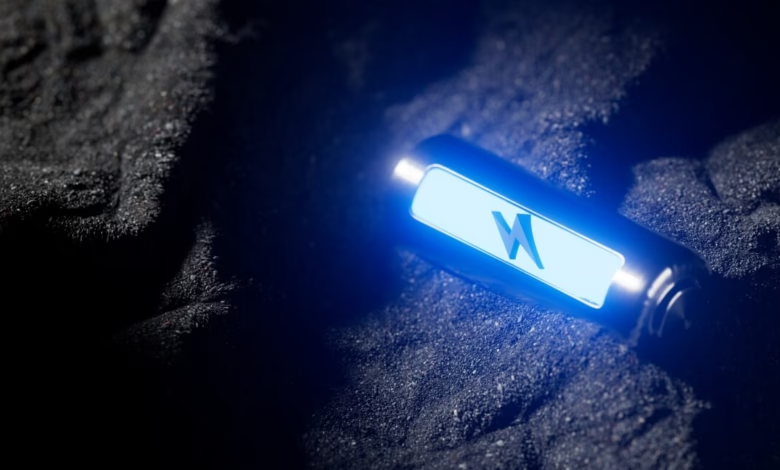Breakthrough Battery Cathode Material Does It All

▼ Summary
– Battery electrodes require multiple properties: conductivity, ion mobility, structural stability during expansion, and durability to prevent decay.
– Many electrodes use composite materials to combine these properties, but interfaces between materials can degrade over time, reducing battery capacity.
– Researchers have developed a new material that is conductive, allows lithium ion movement, uses cheap elements, and self-heals to prevent damage.
– The team aimed to simplify cathodes by creating an all-in-one material, eliminating inactive components found in conventional composite designs.
– The material is based on lithium-preloaded iron chloride, chosen for its affordability and ability to facilitate ion movement despite poor conductivity.
Battery technology is advancing rapidly, and a new cathode material promises to solve multiple challenges at once. Traditional electrodes struggle to balance conductivity, ion mobility, and structural stability, often requiring composite designs that introduce their own weaknesses. Now, researchers have developed a groundbreaking material that combines these essential properties while being cost-effective and durable.
Most battery electrodes rely on multiple components, one for ion transport, another for storage, and a third for conductivity. While this approach works, interfaces between materials degrade over time, reducing performance. The new solution eliminates these complications by integrating everything into a single substance. Not only does it conduct electricity efficiently, but it also allows lithium ions to move freely and self-repairs damage caused by repeated charging cycles.
The breakthrough centers on a chlorine-based compound pre-loaded with lithium. Earlier studies showed chlorine materials excelled at ion mobility but lacked conductivity. By incorporating lithium into iron chloride, an abundant and inexpensive material, the team created a cathode that performs exceptionally well without relying on costly or rare elements.
One of the most impressive features is its self-healing capability, which minimizes wear and tear over time. Unlike conventional composites, where interfaces weaken, this material maintains its integrity, potentially extending battery lifespan significantly. The researchers emphasize that simplifying cathode design could lead to higher energy density and lower production costs, making it ideal for everything from electric vehicles to grid storage.
While further testing is needed, the results so far are promising. If scaled successfully, this innovation could redefine energy storage, offering a more efficient and sustainable alternative to current battery technologies. The focus on affordability and performance positions it as a strong contender for future applications.
(Source: Ars Technica)
